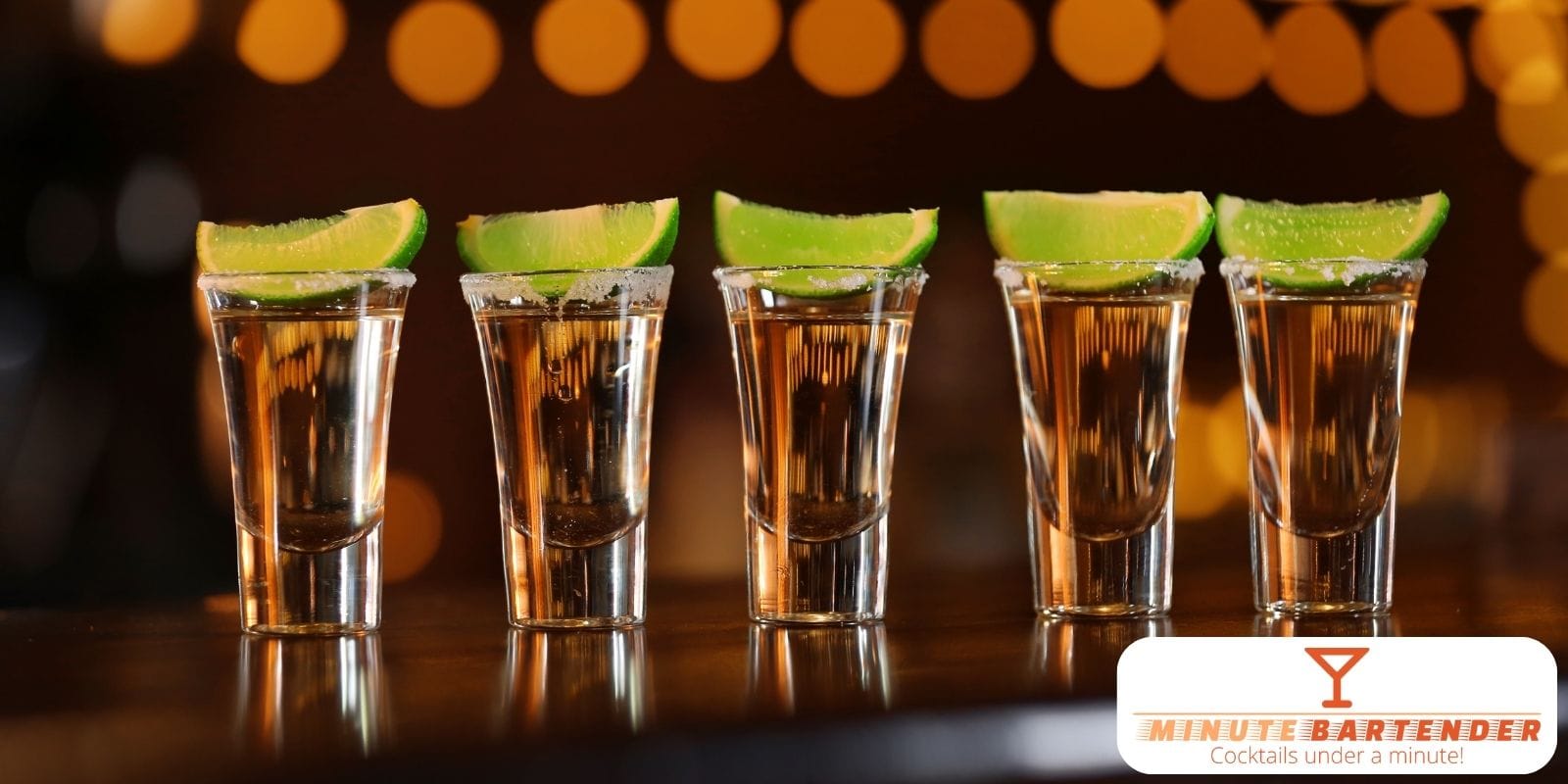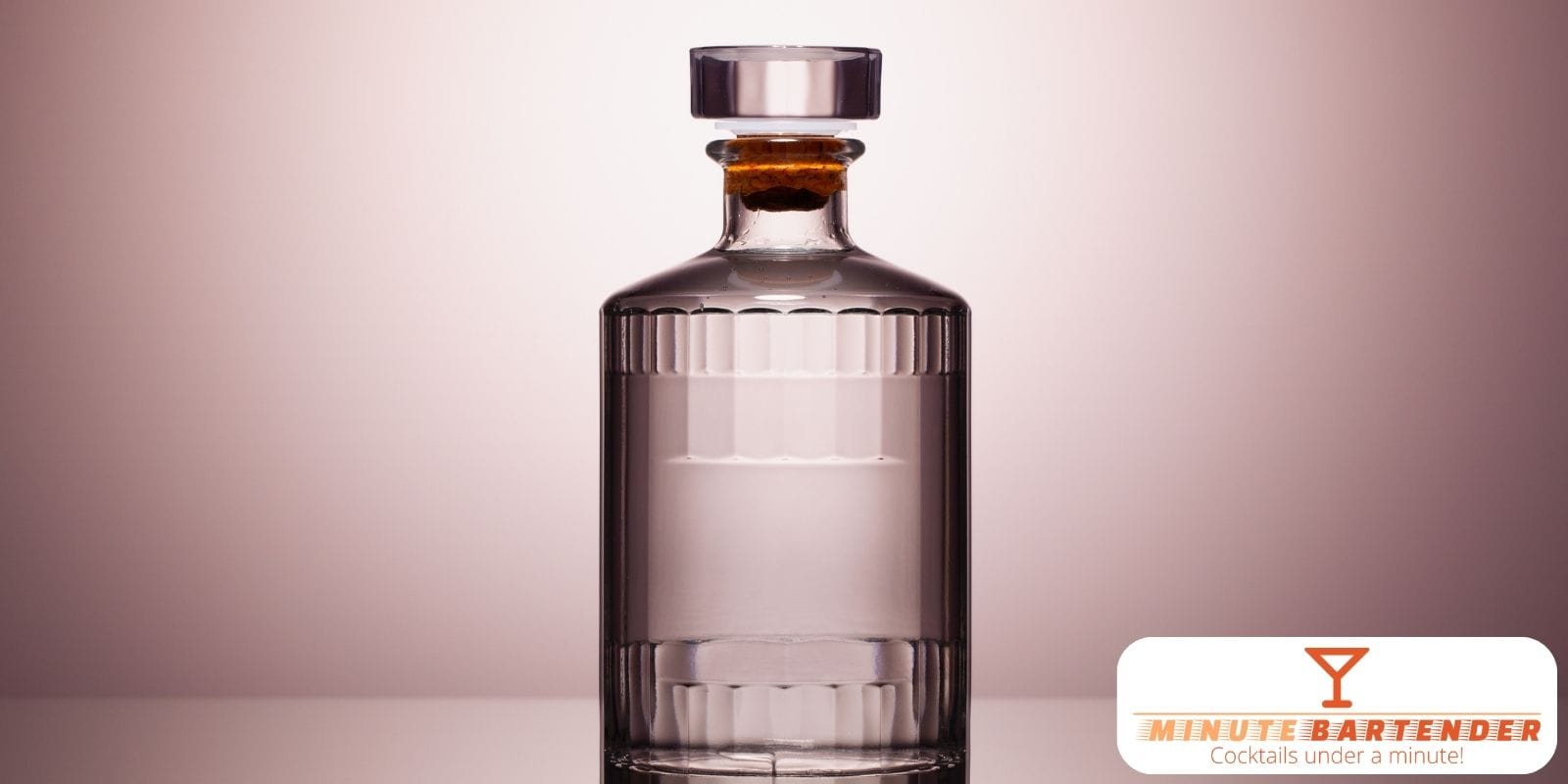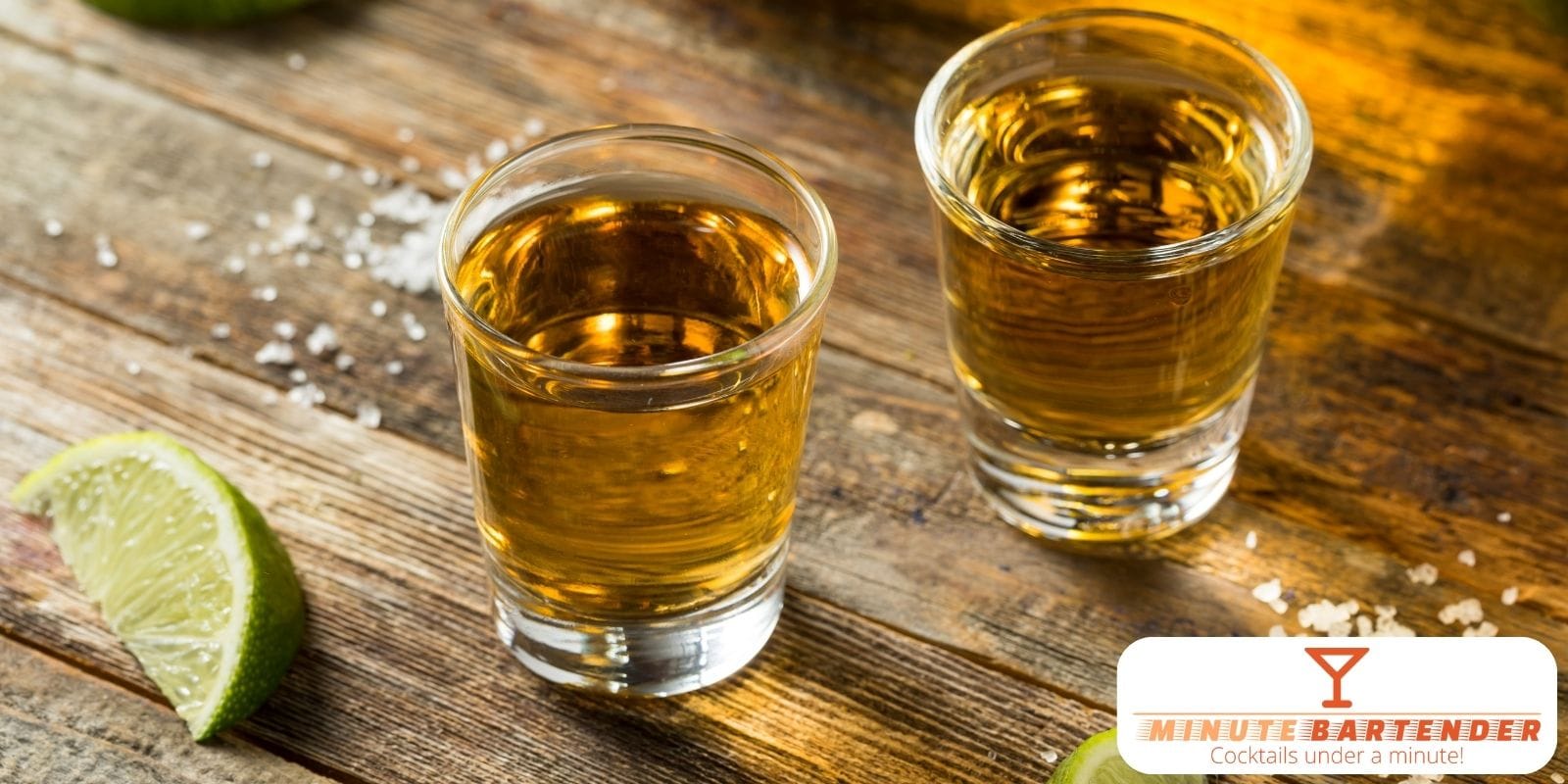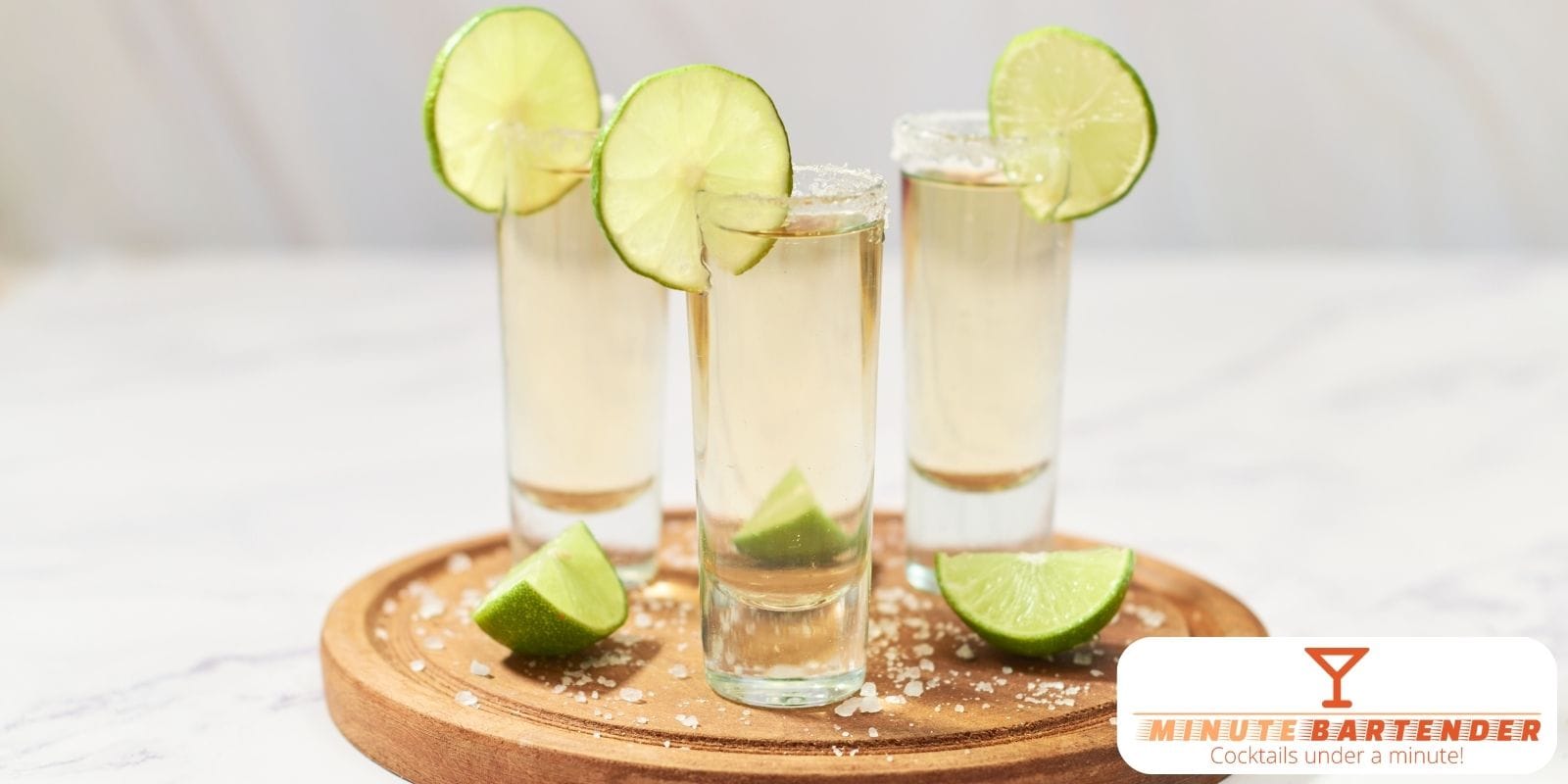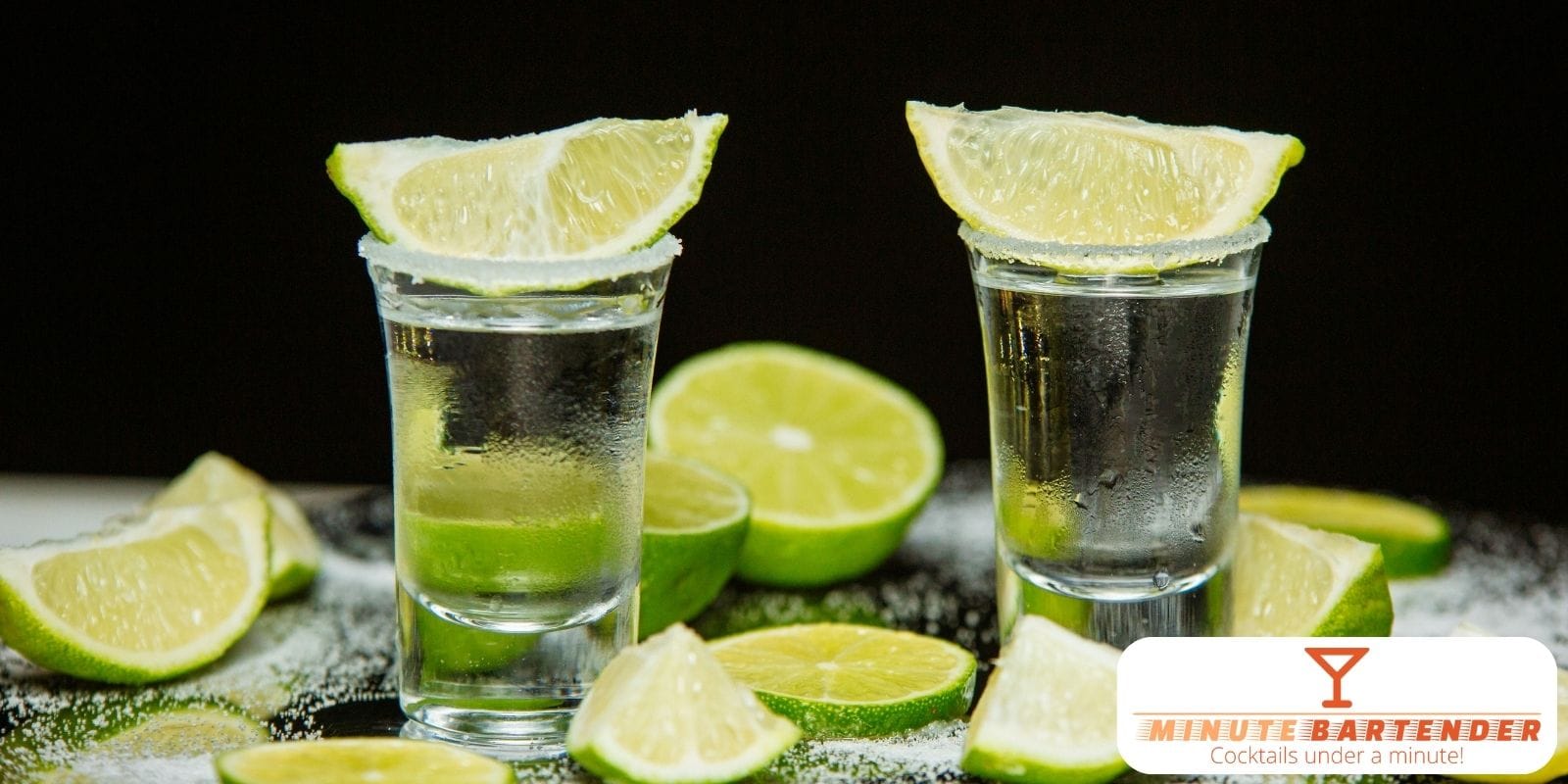Tequila Añejo represents the pinnacle of aged agave spirits, offering unparalleled depth and complexity through extended barrel maturation. The term “añejo” translates to “old” or “aged” in Spanish, reflecting the minimum one-year aging period that transforms bright blanco tequila into a sophisticated, amber-hued spirit worthy of the finest sipping occasions.
This premium category bridges the gap between accessible reposado and ultra-luxury extra añejo expressions. Tequila Añejo delivers the perfect balance of wood-derived complexity and essential agave character, creating spirits that appeal equally to whiskey connoisseurs and tequila enthusiasts seeking the ultimate expression of Mexico’s national spirit.
Tequila Añejo Historical Development and Regulation
The añejo category emerged from Mexico’s desire to create premium aged spirits that could compete with established categories like whiskey and cognac in international markets. While Mexican distillers had been aging spirits for centuries, the formal añejo classification developed alongside modern tequila regulations.
Early aging experiments in the 19th century used whatever containers were available, often large wooden vats or clay vessels that provided minimal wood contact. These primitive aging methods produced spirits with slight color changes but limited flavor development compared to modern añejo standards.
The breakthrough came in the mid-20th century when Mexican producers began importing used bourbon barrels from Kentucky distilleries. These smaller containers provided optimal wood-to-spirit ratios, creating the complex flavor profiles that define quality añejo today.
Current Mexican regulations specify that añejo must be aged in oak containers with a maximum capacity of 600 liters for at least one year but less than three years. This size restriction ensures adequate wood contact for proper flavor development while preventing over-extraction that could overwhelm the agave character.
The category gained international recognition in the 1970s and 1980s as premium tequila producers began exporting aged expressions to sophisticated markets in the United States and Europe. Early pioneers like El Tesoro helped establish añejo as a serious sipping spirit worthy of comparison with aged whiskeys and brandies.
Modern añejo production has evolved to embrace diverse barrel types beyond traditional ex-bourbon containers. Today’s producers experiment with French oak, wine casks, and specialty barrels to create distinctive flavor profiles that showcase both tradition and innovation in Mexican distillation.
Tequila Añejo Aging Science and Barrel Management
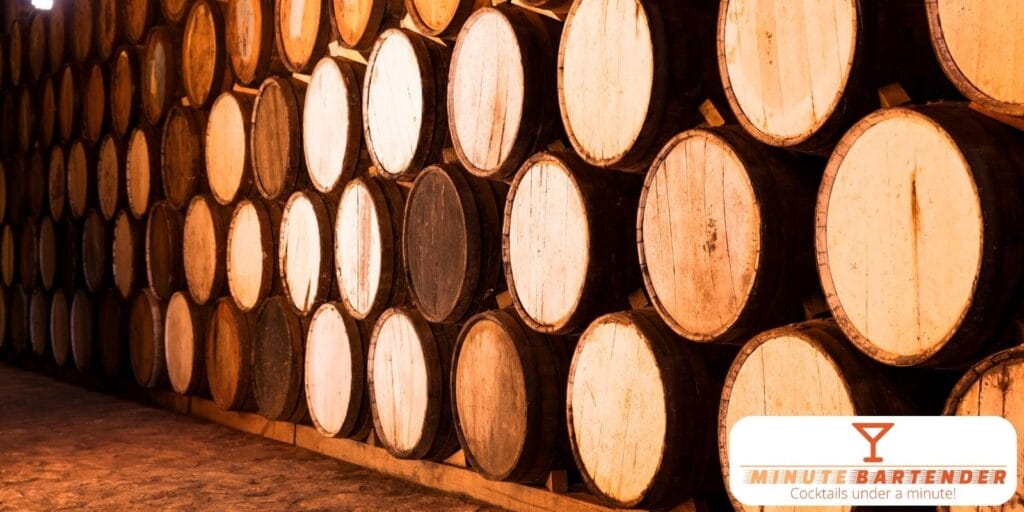
The transformation from blanco to añejo involves complex chemical processes that occur during extended wood contact. Tannins from oak interact with alcohol compounds, creating new flavor molecules while mellowing harsh characteristics through slow oxidation.
Temperature fluctuations in Mexican aging facilities accelerate maturation compared to cooler climates. The dramatic day-night temperature swings cause the spirit to expand and contract within the wood, increasing extraction of vanillin, caramel compounds, and other flavor-active substances.
Angel’s share evaporation during añejo aging typically amounts to 3-5% annually, concentrating flavors while reducing volume. This natural concentration process contributes to the rich, full-bodied character that distinguishes quality añejo from shorter-aged expressions.
Barrel selection critically impacts final flavor profiles. Ex-bourbon barrels contribute vanilla, caramel, and honey notes while providing subtle smokiness from charred surfaces. French oak adds tannin structure and spice complexity, though it requires careful management to prevent overwhelming the agave base.
Master distillers employ various techniques to optimize aging outcomes. Some producers use different toast levels on barrel interiors, others experiment with barrel entry proof, and many employ solera-style blending systems that marry tequilas of different ages for consistent complexity.
Quality producers monitor aging progress through regular sampling, determining optimal extraction points for individual barrels. This attention to detail ensures that each añejo release represents the perfect balance between wood influence and agave character.
Global Añejo Market and Cultural Significance
Añejo occupies the premium segment of global tequila markets, appealing to consumers seeking luxury spirits comparable to aged whiskeys and cognacs. The category commands higher prices but delivers proportional quality and complexity that justifies premium positioning.
The United States represents the largest añejo market, where consumers appreciate the category’s whiskey-like characteristics while discovering unique agave terroir. American collectors increasingly view premium añejo as investment-worthy spirits comparable to rare whiskeys or vintage wines.
European markets demonstrate sophisticated appreciation for añejo craftsmanship, particularly in countries with strong spirits traditions. French consumers appreciate the oak influence reminiscent of cognac, while Scottish drinkers recognize quality barrel management techniques familiar from whisky production.
Asian markets, especially Japan, show particular enthusiasm for añejo expressions that emphasize aging artistry and small-batch craftsmanship. Japanese consumers appreciate the meticulous attention to detail that quality añejo production requires.
The fine dining sector increasingly features añejo tequilas alongside premium whiskeys and brandies on spirits menus. Sommeliers appreciate the category’s food-friendly character and ability to complement diverse cuisines beyond traditional Mexican fare.
Celebrity culture has elevated añejo visibility through high-profile endorsements and ultra-premium releases. While this attention brings market awareness, it also creates pressure to maintain authentic production standards amid increased commercial demand.
Tasting and Evaluating Tequila Añejo Excellence
Evaluating añejo quality requires understanding how extended aging affects both individual characteristics and overall balance. Begin by examining the color, which should display rich amber or golden tones that reflect natural barrel contact rather than artificial coloring.
Aroma assessment reveals the successful integration of agave and oak elements. Quality añejos maintain recognizable cooked agave notes while displaying complex secondary aromas including vanilla, caramel, dried fruits, spices, and subtle wood tones. Avoid expressions with overwhelming oak or harsh solvent odors.
Initial taste evaluation focuses on the marriage between base spirit and aging influences. Premium añejos show seamless integration where wood-derived flavors enhance rather than mask the essential agave character. Look for layers of complexity that unfold gradually across the palate.
Mid-palate development showcases the full spectrum of aging benefits. Expect rich textures, balanced sweetness, and complex flavor interactions that demonstrate masterful barrel management. Quality añejos offer depth without heaviness, complexity without confusion.
Finish evaluation determines overall sophistication and balance. Premium expressions provide extended, evolving finishes that transition through different flavor phases while maintaining pleasant drinking character. The aftertaste should invite contemplation rather than requiring immediate palate cleansing.
Production transparency indicates quality commitment. Seek producers who detail their aging programs, barrel sources, and production philosophies. Avoid expressions that rely primarily on marketing claims without substantive information about actual production methods.
Tequila Añejo Investment and Collecting Guide
The añejo market spans from accessible premium expressions around $60 to ultra-rare collectibles exceeding $500. Understanding value drivers helps identify worthy investments and avoid paying inflated prices for marketing rather than quality.
Entry-level añejos between $60-100 often provide excellent introductions to the category while maintaining authentic production standards. These expressions typically use traditional aging methods and quality barrels, delivering genuine añejo character without luxury premiums.
Mid-range añejos from $100-200 represent the sweet spot for serious enthusiasts, offering exceptional quality from respected producers using premium aging programs. This price range includes expressions that demonstrate clear superiority over entry-level options while remaining accessible for regular consumption.
Premium añejos above $200 should justify their cost through exceptional craftsmanship, rare production methods, or limited availability. At this level, expect detailed production information, small-batch craftsmanship, and distinctive character that differentiates them from less expensive alternatives.
Ultra-premium añejos exceeding $300 often emphasize collectibility over proportional quality improvements. Research producer backgrounds, production methods, and expert reviews before investing in these expensive expressions, as prestige packaging sometimes overshadows substance.
When building collections, prioritize diversity across different production styles, aging techniques, and producer philosophies. Recent expert evaluations highlight innovative añejo releases that demonstrate how traditional methods can create contemporary excellence worth collecting.
Top Tequila Añejo Products
- Don Julio Añejo – Classic expression aged 18 months in American white oak delivering smooth amber hue with vanilla and caramel complexity
- Casa Noble Marqués – Meticulous blend of 21 different aged tequilas creating rich, silky profile with candied agave and roasted nut notes
- Herradura Añejo – Traditional production aged 25 months in American oak barrels for herbal agave character with floral spice depth
- El Tesoro Añejo – Artisanal highland expression aged up to three years in ex-bourbon barrels with jasmine and maple sweetness
- Patrón Añejo – Handcrafted small-batch expression aged over 12 months with distinctive barrel-aged sweetness and woody notes
- Tres Generaciones 50th Anniversary – Legacy expression aged minimum three years with rich mahogany color and dark chocolate complexity
- Chamucos Añejo – Traditional French oak aging creates fruit-forward profile with caramel and chocolate dessert-like character
- Avión Reserva Cristalino – Aged 18 months then filtered for crystal clarity while maintaining vanilla and caramel depth
- Corralejo Añejo – Historic distillery expression with baked pear and honey notes plus Jamaican spice complexity
- Cava de Oro Añejo – Five-year French oak aging creates premium expression with oak, caramel, and nutmeg sophistication
Classic Tequila Añejo Cocktails
Tequila Añejo excels in sophisticated cocktails where its aged complexity can shine without being overwhelmed by other ingredients. The rich, whiskey-like character makes it suitable for spirit-forward drinks that highlight rather than mask its premium qualities.
- Añejo Old Fashioned – Spirit-forward classic using aged tequila with agave nectar and orange bitters for sophisticated sipping
- Tequila Manhattan – Elegant adaptation replacing whiskey with añejo, sweet vermouth, and bitters for complex depth
- Añejo Margarita – Premium version of the classic where aged tequila adds vanilla and caramel layers to citrus brightness
- Tequila Sazerac – New Orleans classic adapted with añejo and absinthe rinse for bold, aromatic complexity
- Agave Boulevardier – Whiskey cocktail variation using añejo with Campari and sweet vermouth for bitter-sweet balance
- Añejo Sour – Sophisticated sour showcasing aged tequila’s smoothness with lime juice and agave sweetener
- Oaxacan Old Fashioned – Modern classic combining añejo with mezcal for layered agave complexity and smoky depth
- Tequila Vieux Carré – Complex New Orleans cocktail featuring añejo with Cognac and sweet vermouth
- Añejo Negroni – Bold adaptation using aged tequila with Campari and sweet vermouth for unique bitterness
- Mexican Firing Squad – Classic cocktail elevated with añejo, lime juice, grenadine, and Angostura bitters
These cocktails demonstrate añejo’s versatility in premium applications where quality spirits are essential. The category’s inherent complexity allows it to enhance classic recipes while maintaining the essential character that makes tequila distinctive.
Modern mixologists increasingly appreciate añejo’s ability to substitute for whiskey in classic cocktails while providing unique agave character. The Añejo Old Fashioned has become a modern classic that showcases how aged tequila can honor traditional cocktail structures while introducing distinctive Mexican flavors.
Understanding how different añejo expressions interact with various ingredients helps both professionals and enthusiasts optimize cocktail balance and select appropriate bottles for specific applications, ensuring that premium spirits receive the respect they deserve in carefully crafted drinks.







